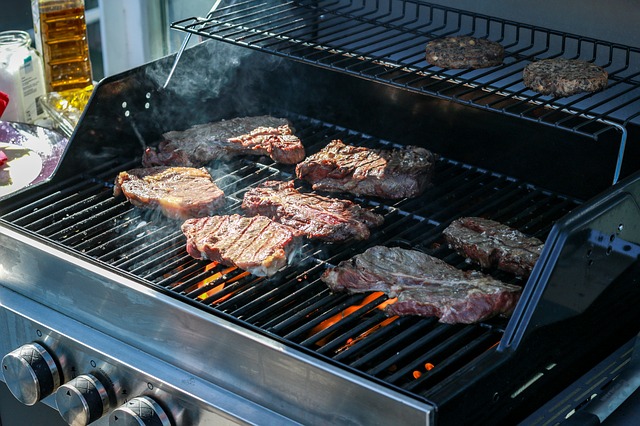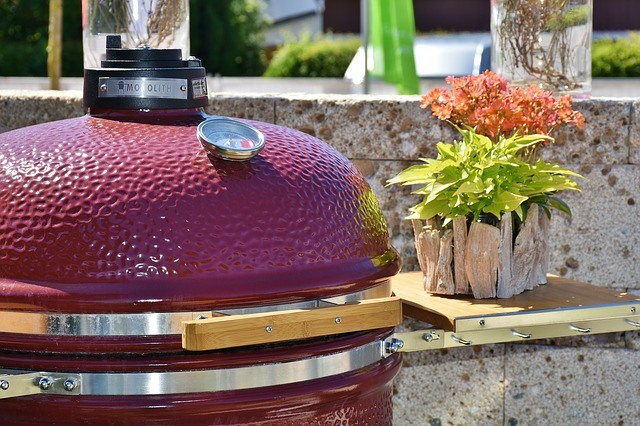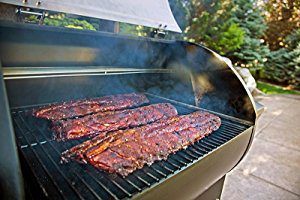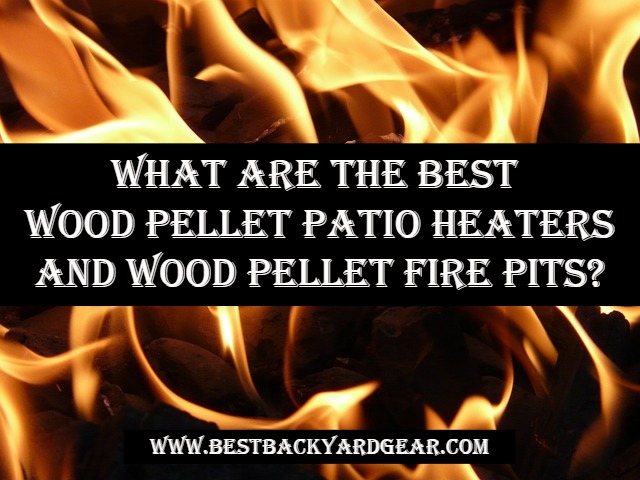
In the last few years, many people have embraced the outdoors. From outdoor seating areas with patio heaters to outdoor kitchens complete with pizza ovens, living and entertaining outdoors seems to have increased all around. And not just seasonally… even in winter, more people are discovering that they can still enjoy and even cook in the fresh (although chilly) air. How to BBQ in the winter and have great results is what we’re talking about today.
CAN you grill successfully in the winter? Can you bbq in the snow? What about when there’s a thick layer of snow all around? Wind and frost? Is it “proceed as usual”, or do you have to do anything differently if you want to enjoy a delicious grilled steak mid February, or barbecued burgers in the dead of winter? Let’s dig in.
Before you just start up that grill of yours on your back patio, there are a few rather important things to check off your to-do list.
How To BBQ In The Winter: 15 Tips
1. Check your grill for ice.
Especially if you didn’t store it with a cover over it, you’ll want to make sure the knobs on your grill aren’t covered in a layer of ice. If they are, and you force them to turn, you MAY be ok and simply crack the ice, but you may also snap what’s inside.
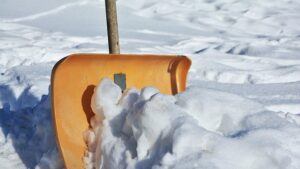 2. Shovel the snow off your grill.
2. Shovel the snow off your grill.
If your grill is sitting in a bit of a snow bank, don’t just assume that the heat from the grill will quickly melt the snow touching it and it’ll be game on as usual. Remember that the heat to melt the snow comes from burning fuel, and you are paying for that fuel. Unless you want to spend extra money (and time) on the fuel that it takes to melt the snow that is chilling down your grill, grab a shovel and scoop it away first. It’ll make preheating your grill go WAY faster.
3. Don’t grill in a closed space.
Yes, it’s way warmer in a closed garage or shed, and you might think that your grilling will be done so much faster in a warmer space, but the lack of fresh oxygen that the fire needs will make it unsafe in the enclosed room quite quickly. If you want to bbq in the winter in your garage, keep the big door wide open.
4. Double check that your gas lines are clear.
After you’ve lit your grill, peek at the flame color. If the flames are blue, your gas lines are nice and clear. If the flames are yellow, that means you may have a clog. Grilling in frigid air can causes clogs on occasion.
5. Check your wind angle.
If you’re barbecuing in the winter, and it’s a blustery day, try to figure out which direction the wind is coming from. Turn your grill 90 degrees from the wind to prevent you from re-lighting and re-heating your grill.
6. Allow extra time for pre-heating.
Preheating will take probably double the amount of time compared to a warm summer day.
 7. Keep the lid closed as often as possible.
7. Keep the lid closed as often as possible.
Whenever you open the lid of the grill, know that you’ll likely be adding approx 5-7 minutes of cooking time. Heat loss happens incredibly fast when you bbq in the winter cold.
8. Use a meat thermometer.
Although this advice is something I’d give even in the middle of the summer, it’s doubly important when you grill in the cold. Cook times are rarely exactly the same in the winter as they are in the summer. A steak that takes 4 mins per side may require an extra few to achieve your desired inner temperature, simply because you opened the lid to flip the steak and so much heat escaped.
9. Dress intentionally.
This might be a “no brainer” for most of you but it’s worth saying: Don’t grill while wearing a long and dangly scarf around your neck that might hang down. Simple reason is that flare-ups happen, and no one wants to have to dive into a nearby pile of snow to put out a flaming scarf.
10. Don’t put off cleaning your grill until after dinner.
If you let your grill grates get cold (which happens fast in winter grilling), you’ll have a way harder time scraping the residue off of them. Hot grates are easy to clean up, cold grates will be a challenge to get looking good again.
11. Use a quality bbq cover.
If you use a good grill cover consistently, you’ll find preparing your grill for use really easy. Just dust the snow off, remove the cover, and you’re good to go. Quality covers also won’t crack with the changing of temperatures.
12. Consider your own comfort.
If you’re really ambitious and think the effort will mean you’ll grill way more, build yourself a small shed or wind block with a big window cutout for fresh air and grill inside it. Or, invest in one of the best patio heaters – there are several different types including electric, propane or pellet heaters – all will do the trick nicely to keep you more comfortable in the chilly weather.
13. Charcoal-specific tips for winter grilling.
Have extra charcoal on hand during cold cooks as it burns quicker during cold weather compared to summer time cookouts. You’ll also find that to get more heat into your grill, you’ll want to have the dampers open a bit more. And, make sure to store your charcoal in a weather proof container so that it remains completely dry.
14. Have a plan to keep your food warm.
Transferring your just-cooked food to a freezing cold plate will definitely ruin the experience somewhat. Keep your serving dish inside your house as long as possible, and bring the food directly indoors as soon as you remove it from the heat of the grill.
15. Consider your outdoor lighting.
Not only do temperatures drop during winter, but so does the number of daylight hours. You’ll likely be grilling when it’s dark, and you’ll want a plan in place to see what’s going on when you lift the lid. Whether that’s better patio lighting, or a grill lamp, thinking it through ahead of time will possibly save your dinner from under or over cooking.
FAQs about Winter Grilling
Is it ever LITERALLY too cold to grill?
With propane, yes, but I’m guessing you wouldn’t necessarily be interested in grilling outdoors if the weather reached -44 degrees F, the temperature at which propane gas turns to liquid and you’ll loose the vapors needed for the flame (source).
Why won’t my gas grill start when it’s cold outside?
Likely you need to give it extra time to allow the gas to pressurize. Try giving it a few extra seconds before attempting to light it.
Are some grills better than others for winter grilling?
Absolutely. Basically, the thicker/higher quality the build, the better equipped that grill will be at keeping the heat in, once it has gotten going. Thin, cheaper models will loose heat faster through their very walls in really cold temps, so basically, you’ll be spending more on fuel for those grills.
Also, some of the extra gadgets that come with some grills would be really handy to have if you plan to do more grilling in sub-zero temps. One of these is infrared heating elements – these circulate the heat much more evenly throughout the grill. Another is an exterior temperature gauge so that you don’t have to open the grill to see what’s going on inside (remember, every time you open your grill during a winter cook you can expect to add approx 5 mins to your cooking time).
Any other questions you’d like addressed? Comment below!
Enjoy Your Grill Year Round!
If you love to grill, you don’t have to stop during the cold months of winter. In fact, you can continue to improve and learn your craft right through snow falls and cold snaps! There is no reason why you can’t light up your grill and deliver a fantastic meal to your family any time you want to, IF you plan ahead and keep the above tips in mind.
And know you know more about how to BBQ in the winter… and get great results. Happy grilling!

